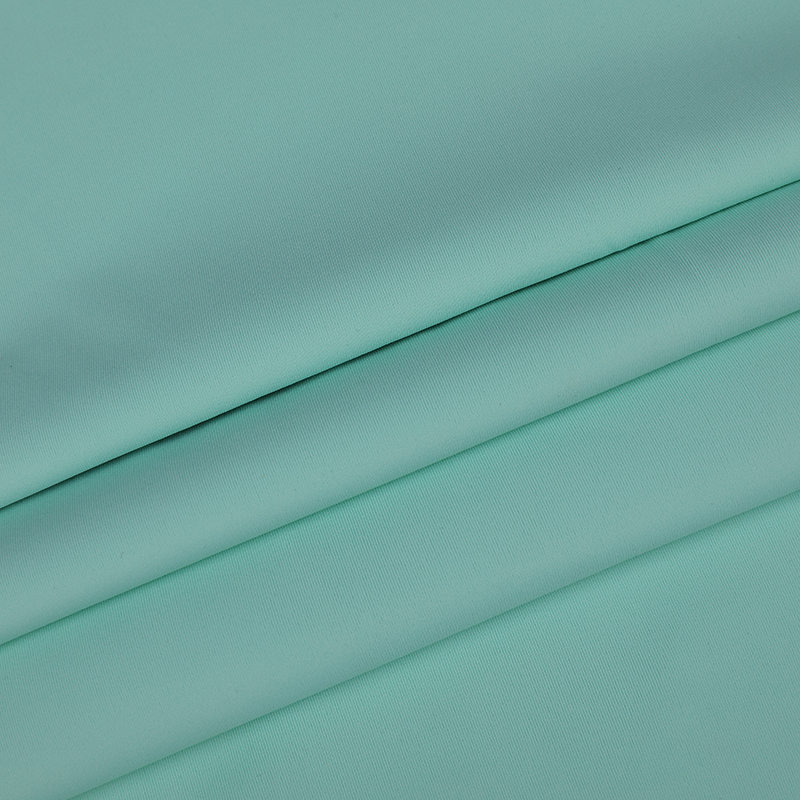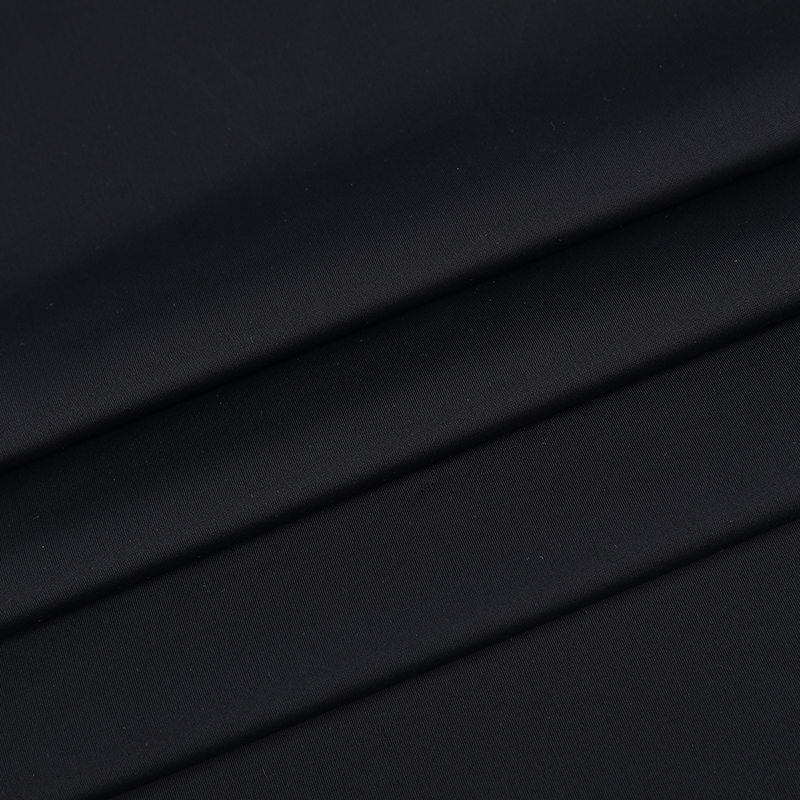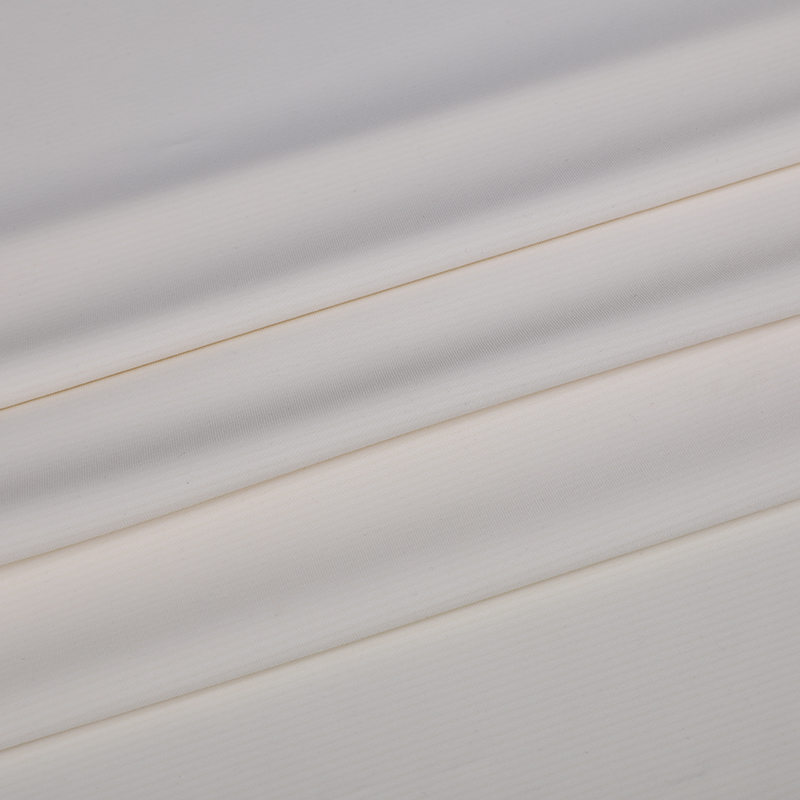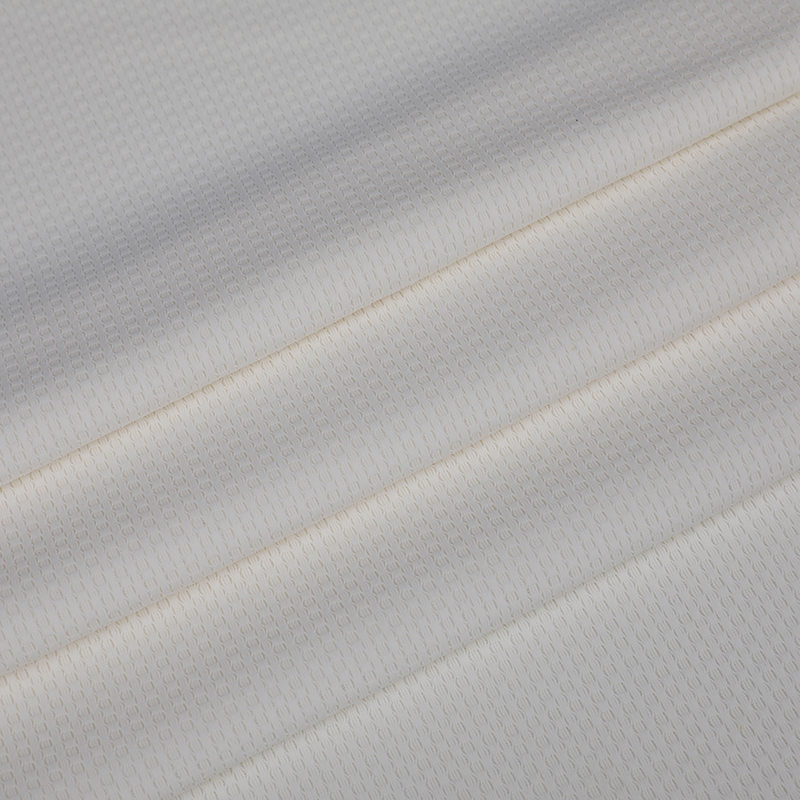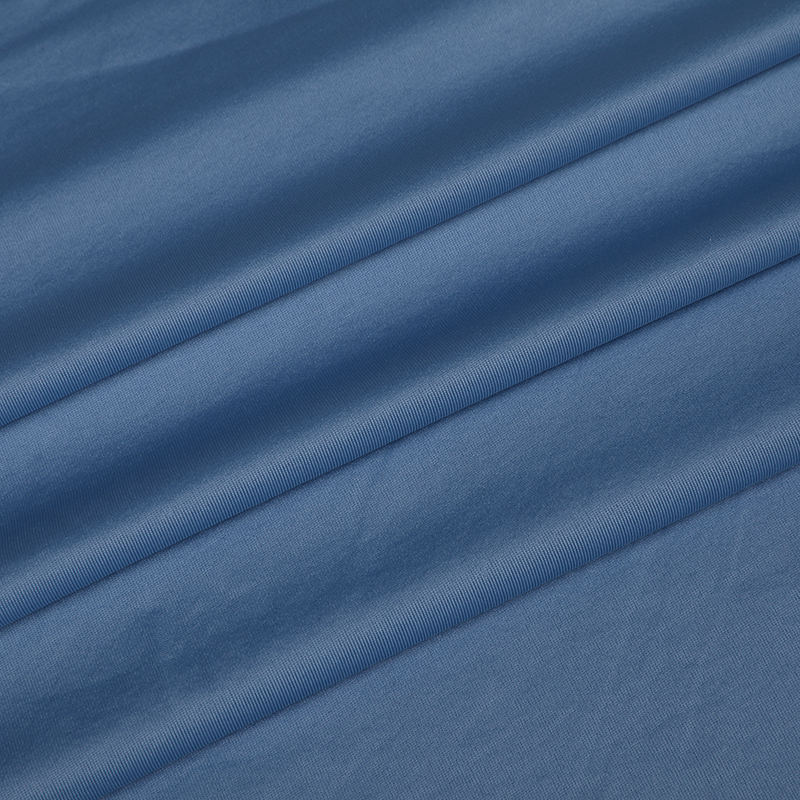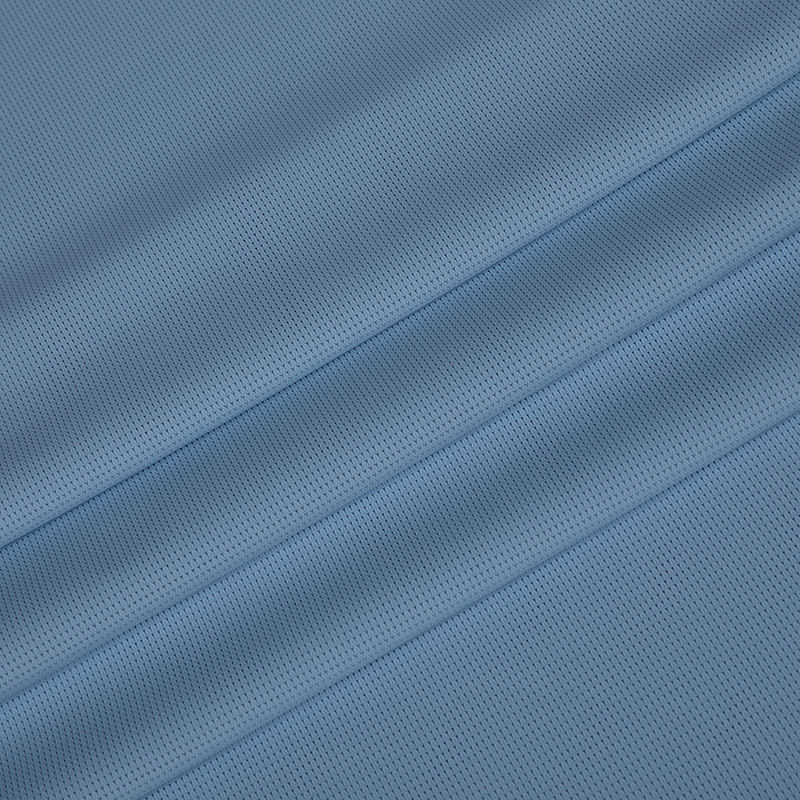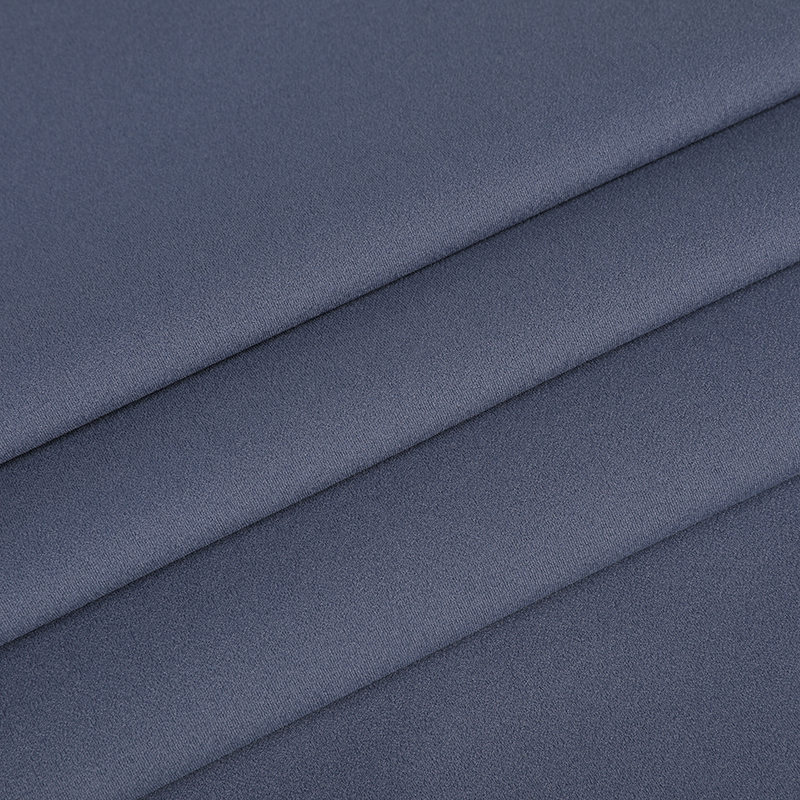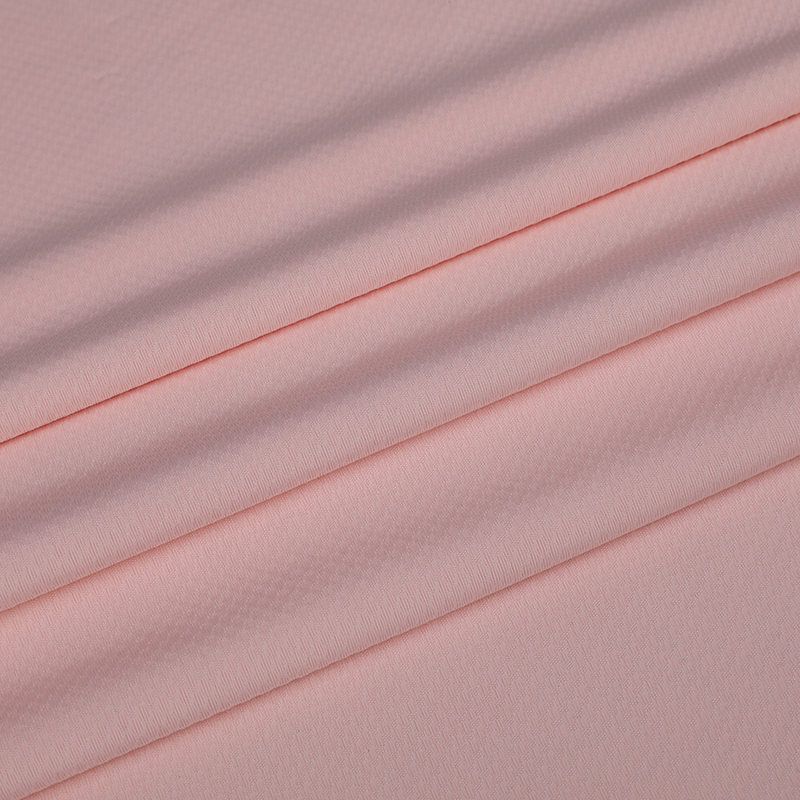Submit feedback
Swimsuit fabric technology innovation leads new trends in swimsuit design
2025-05-29
The core direction of swimsuit fabric technology innovation
1. Breakthrough in high elasticity and shaping technology
Modern swimsuit design emphasizes fit and shaping effects on the body. High elastic swimwear fabric provides excellent resilience and support through advanced fiber blending technology and tensile weaving. Especially fabrics with Spandex or Lycra can create smooth body shape curves while satisfying comfort. This performance is crucial for both professional athletes and fashion-seeking consumers.
2. Application of chlorine and sun protection technology
Swimsuit fabrics face chlorine water and ultraviolet rays in swimming pools and outdoor environments. Swimwear fabric, which uses special anti-chlorine coating and UV protection technology, significantly improves the durability and functionality of the fabric. Some fabrics are also treated with UPF (Ultraviolet Protection Factor) to help wearers effectively resist UV damage during outdoor activities.
3. Quick drying and breathable performance improvement
Quick-drying fabric technology is another important area of swimsuit fabric innovation. By optimizing fiber structure and surface treatment technology, modern swimwear fabric can quickly remove moisture, shorten the drying time of swimwear while maintaining good breathability and improving wear comfort.
4. The rise of environmentally friendly and sustainable materials
The popularization of environmental protection concepts has promoted the application of recycled materials in swimsuit fabrics. For example, recycled polyester fabrics made from recycled plastic bottles and discarded fishing nets not only reduce resource waste, but also retain excellent elasticity and durability. The widespread application of this type of environmentally friendly swimwear fabric has brought new opportunities for green development to the industry.

The profound impact of technological innovation on swimsuit design
1. The integration of functionality and aesthetics
With the improvement of fabric performance, swimsuit design is no longer limited to traditional styles. High-performance swimwear fabric gives designers greater creative freedom, making swimwear both functional and aesthetic expression. For example, the integration of functions such as chlorine resistance, sun protection, and quick drying injects more practical value into swimsuits, while the light and thin and high elasticity make the design more artistic and fashionable.
2. The trend of personalization and customization is enhanced
With the help of high-performance fabrics, personalized swimsuit design has become the new favorite in the market. Consumers can choose swimwear fabrics with different functional combinations according to their needs, such as high elastic fabrics that emphasize shaping effects, UV-resistant fabrics suitable for outdoor activities or swimwear for environmentally friendly and themed activities. This diverse choice meets consumers' personalized needs and further promotes the popularization of customized services.
3. Dual satisfaction of professional and leisure needs
Whether it is competitive swimming or leisure beach activities, consumers have different needs for swimwear. Advances in modern swimwear fabric technology enable a swimwear to meet the needs of multiple scenarios at the same time. For example, swimsuits designed for sports can combine fast drying, sun protection and high elasticity, while styles suitable for daily wear focus on comfort and fashion.

Market and future development trends
1. Intelligent and technological development
In the future, smart fabrics will occupy a more important position in swimsuit design. For example, swimwear fabric, which can sense body temperature and humidity, will provide a more personalized experience. In addition, the embedding of waterproof electronic components may enable real-time monitoring of sports data, giving swimsuits more sense of technology.
2. Continuous deepening of environmental protection and sustainable development
As consumers' environmental awareness increases, environmentally friendly fabrics produced using renewable resources will become the mainstream. Fabric suppliers and brands need to strengthen cooperation and develop more environmentally friendly technologies to meet market demand and achieve sustainable development goals.
3. Cross-border integration and multi-functional applications
Advances in swimsuit fabric technology will further promote its cross-border applications, such as the expansion in fitness clothing, yoga clothing and outdoor equipment. This convergence will help brands expand their market coverage while providing consumers with more cost-effective and versatile products.



 English
English 中文简体
中文简体 Español
Español 日本語
日本語

